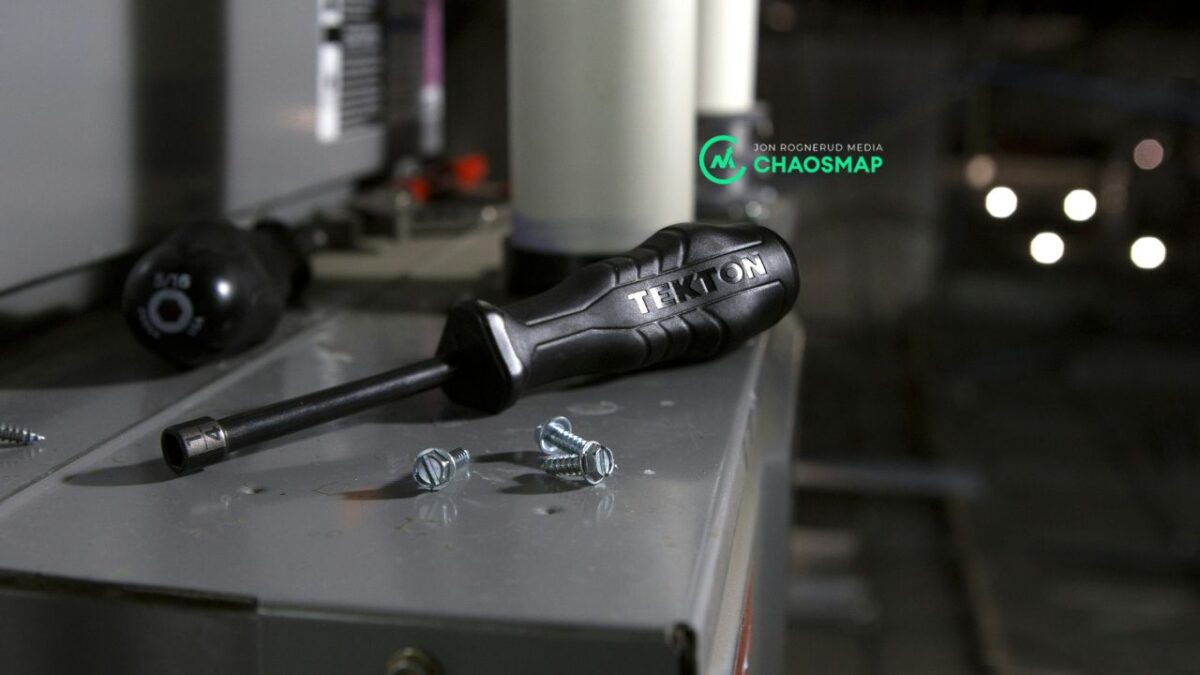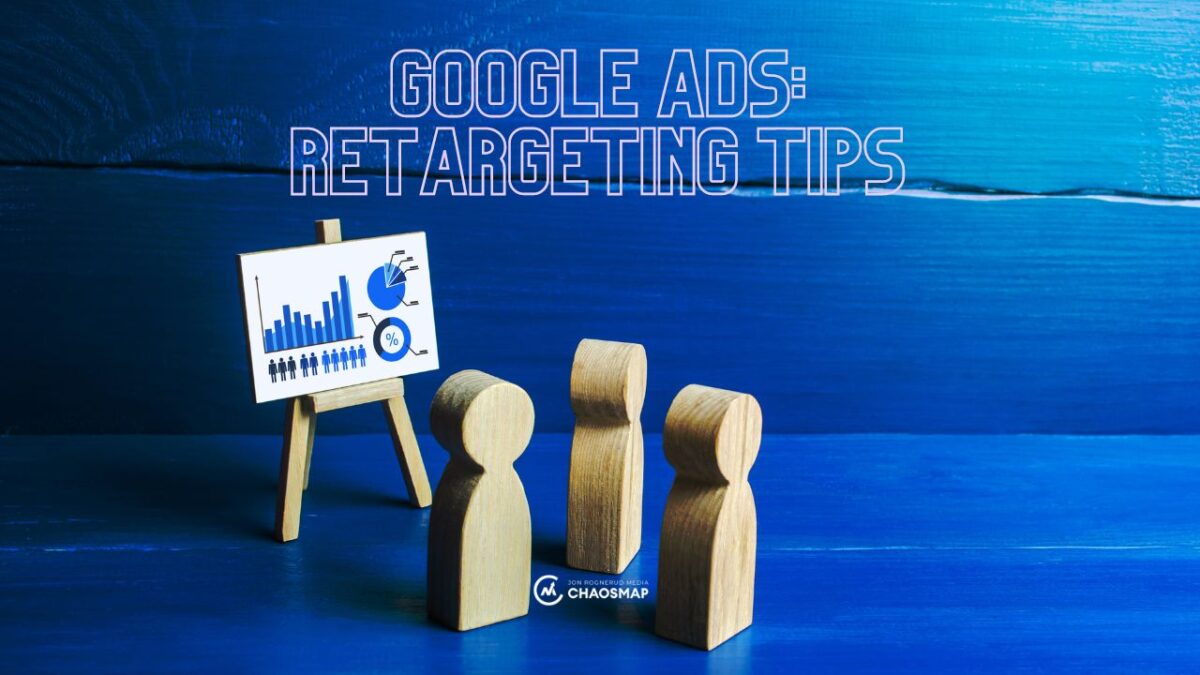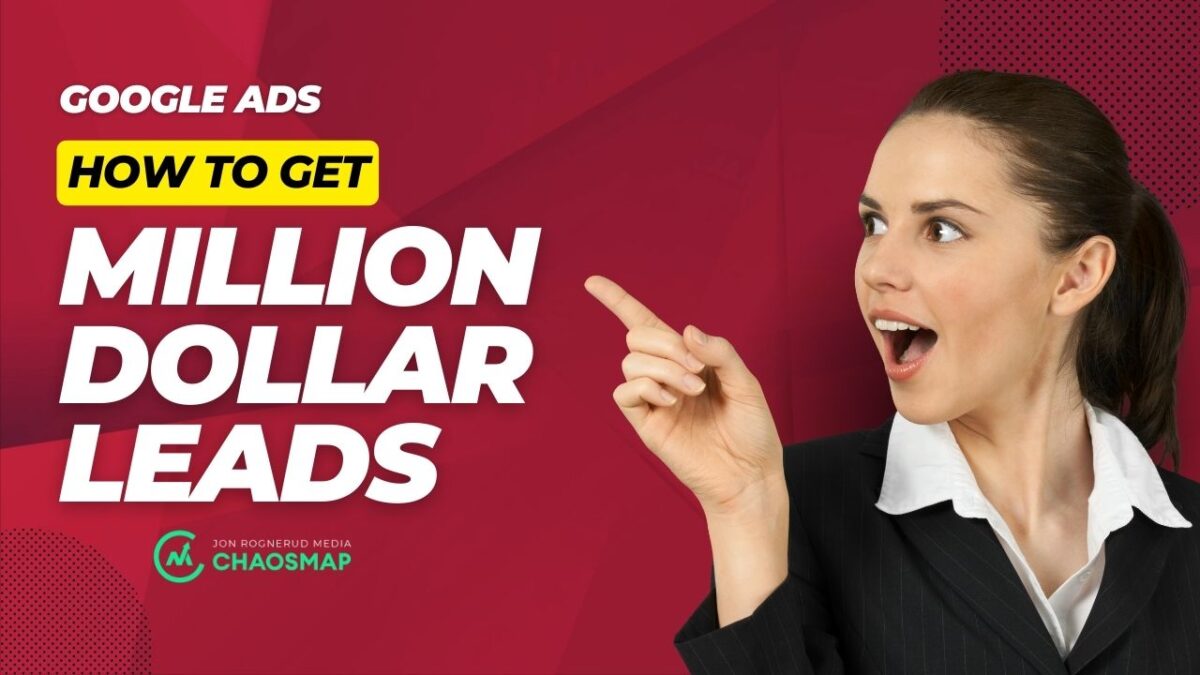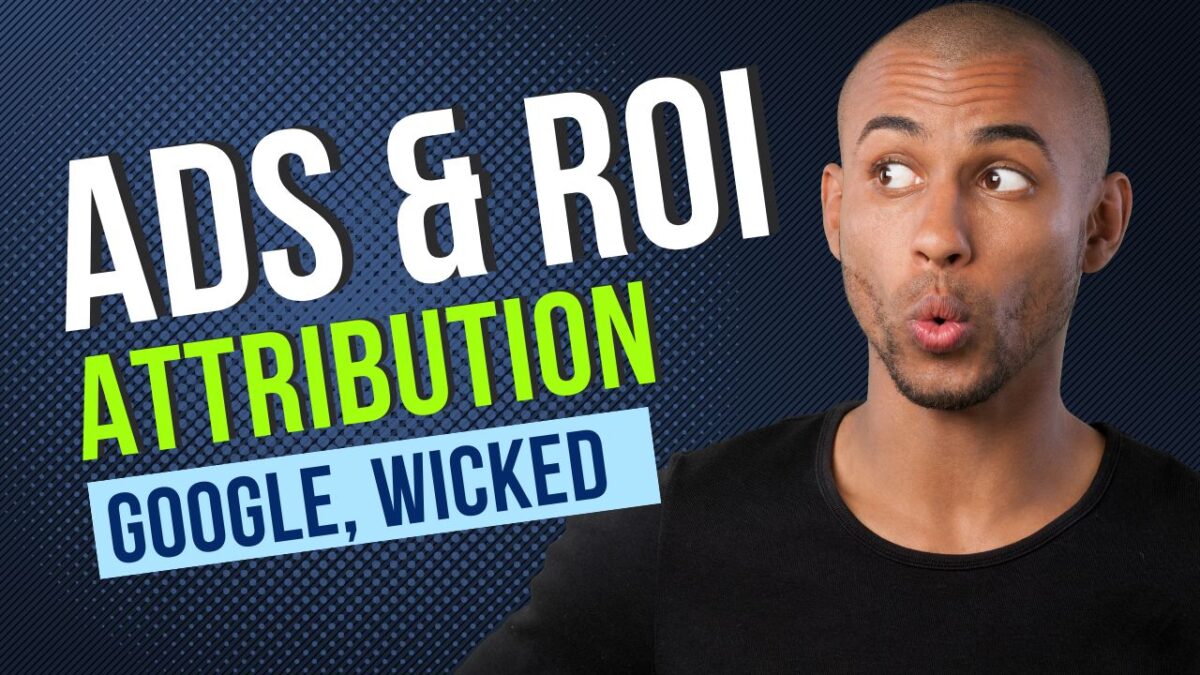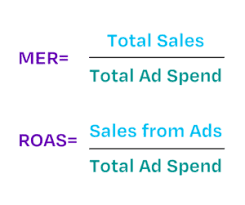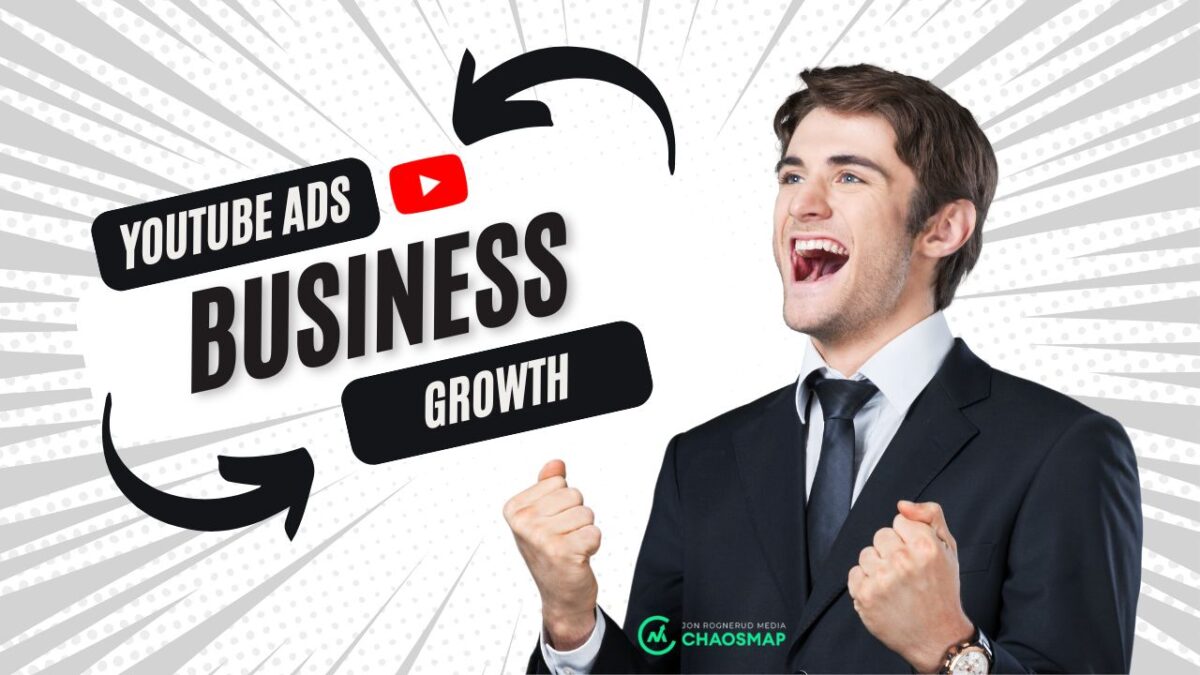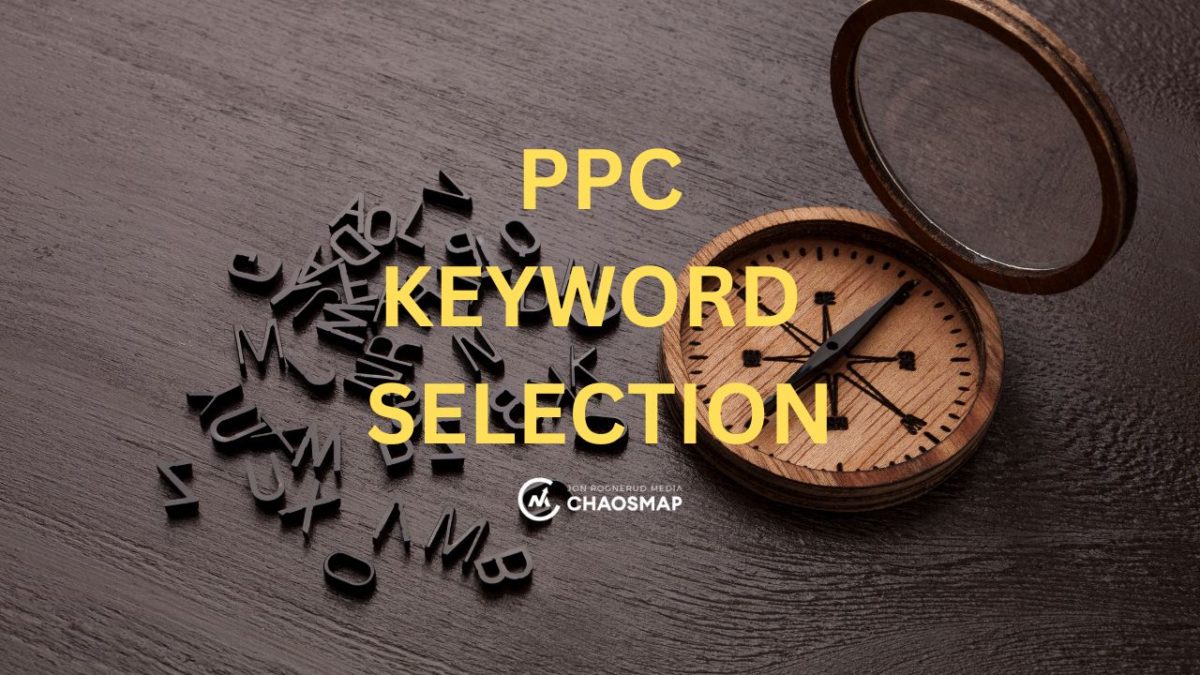Why Consider YouTube Ads For Your Business?
YouTube is a video-sharing platform that allows users to upload, share, and view videos. It was founded in 2005 and is now owned by Google.
YouTube has become the largest video-sharing site in the world, with over 2 billion monthly active users and over 1 billion hours of video watched every day.
As of 2023, YouTube has over 2.68 billion monthly active users. 52% of internet users worldwide access YouTube at least once a month!
YouTube videos can range from short clips to full-length movies, and can cover a wide range of topics, including music, tutorials, comedy, vlogs, news, and much more.
Users can search for videos using keywords or browse through channels, playlists, and recommended videos based on their viewing history and preferences.
In addition to watching videos, users can interact with YouTube content by liking, commenting, and sharing videos with others. Users can also subscribe to channels to receive notifications when new videos are uploaded.
For content creators, YouTube offers the opportunity to reach a large audience and monetize their content through advertising revenue, sponsorships, and merchandise sales.
To become a successful YouTube creator, it’s important to create engaging content that resonates with your audience and to promote your videos through social media and other channels.
YouTube creators can also run YouTube ads to drive more direct response driven campaigns and collect data for further optimization across their channel(s).
Overall, YouTube has become an important part of our digital culture, providing a platform for creativity, entertainment, education, and community-building through video content.
READ: 10 Questions To Ask Before Starting Any YouTube Ads Campaign
What determines a good quality video ad on the YouTube platform?
The quality of a YouTube video ad is determined by a few different factors. Here are a few important ones:
Relevance:
The ad should be relevant to the viewer and the content they are watching. For example, if someone is watching a video about cooking, an ad for kitchen appliances would be more relevant than an ad for car insurance.
Creativity:
The ad should be creative and engaging, with a clear message that captures the viewer’s attention. This can be achieved through the use of humor, storytelling, or stunning visuals. And, remember the first 1-3 seconds are essential to create interest and drive. We call this the “hook”.
Production quality:
The ad should be well-produced, with high-quality visuals, sound, and editing. This can help make the ad more professional and polished. NOTE: This should be tested, as we have many clients who only use a high quality lapel microphone and their iPhone, with excellent results (conversion rate on landing page and engagement rate overall, included).
Length:
The ad should be an appropriate length for the viewer and the content they are watching. For example, shorter ads may be more effective for viewers who are watching short videos or have shorter attention spans. We test multiple length versions from 30 seconds, 3 minutes and longer, webinar-enabled styles.
Call to action:
The ad should have a clear call to action that encourages the viewer to take a specific action, such as visiting a website, making a purchase, or subscribing to a channel. Always make this obvious, and try to use the CTA (call to action) in several places in the video.
A good video ad is important for Top of Funnel engagement (clicks), but how about a landing page?
So, imagine you’re watching a YouTube video and an ad shows up that catches your attention. You click on the ad and it takes you to a landing page, which is a web page that has been specifically designed to convert visitors into customers or clients.
Here are some factors that should be considered for a highly effective, high converting landing page from YouTube ads traffic:
Relevance:
The landing page should be relevant to the ad that the visitor clicked on. This means that the landing page should have the same message, offer, and tone as the ad. (You have learned that relevance is key!)
Clear message:
The landing page should have a clear message that tells the visitor what the offer is and why they should care. This can be achieved through clear headlines, subheadings, and bullet points. Simplicity and specificity!
Strong visuals:
The landing page should have strong visuals that support the message and make the page more engaging. This can be achieved through high-quality images, videos, and graphics.
Simple design:
The landing page should have a simple, easy-to-navigate design that makes it easy for the visitor to find what they’re looking for. This can be achieved through clear navigation, white space, and a clean layout. Some of our best converting landing pages have a logo, headlines, sub-head, video and call to action button. The footer will include legal disclaimers and privacy notices.
Social proof:
The landing page should have social proof, which means that it should have testimonials, reviews, or other forms of social proof that show that other people have had a positive experience with the product or service.
Clear call to action:
The landing page should have a clear call to action that tells the visitor what to do next, such as “buy now” or “sign up for a free trial.”
What is the YouTube auction model? How can I get my ad more visible over my competition?
So, imagine you’re watching a YouTube video and an ad shows up before the video starts. That ad was put there by a company that wants to advertise their product or service to people who are watching YouTube videos, like you.
Now, lots of companies want to advertise on YouTube, but there are only so many ads that can be shown at any given time. So, YouTube has an auction to decide which ads get shown and when.
In this auction, companies bid on how much they’re willing to pay to have their ad shown to a particular audience. The more a company is willing to pay, the more likely it is that their ad will be shown to viewers like you.
But it’s not just about who is willing to pay the most money. YouTube also looks at other factors, like the relevance of the ad to the viewer and the overall quality of the ad.
So, when you watch a YouTube video and see an ad, it’s because that ad won the auction and was deemed the best fit for you based on factors like relevance and quality.
In simple terms, Google analyzes expected click-through-rate, relevance and landing page experience.
When you have high alignment and segmentation between your audience, video message and destination URL, you are on your way to a successful YouTube ads campaign.
Of course, many other variables play into scaling a campaign and to ensure you stay profitable from your ad spend over a longer period.
If you need help or just want to learn more, connect with us here.
